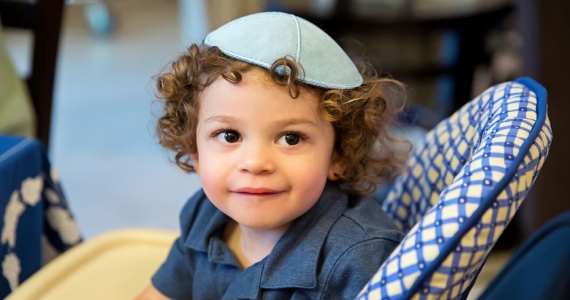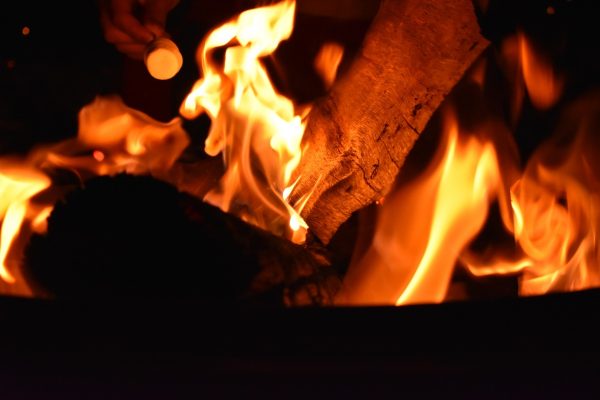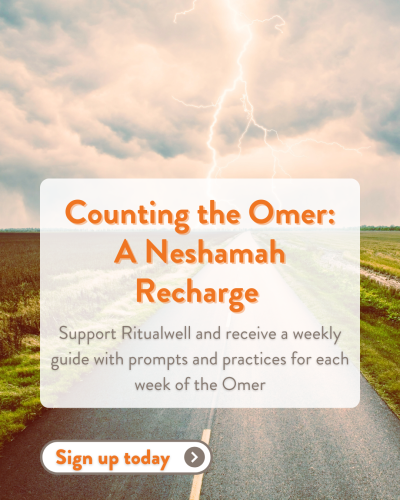It is traditional to let a child’s hair grow until his or her third birthday. According to some this is based on the prohibition against picking the fruit of a tree until it is three years old. For other chasidim, the cutting of a boy’s hair on his third birthday is really a creating of peot, or sidelocks (the hair is cut away to reveal the peot.). Similarly, the third birthday is significant from the point of view of tradition—a boy is obliged to the mitzvot of peot and tzittzit (ritual fringes) and is seen as having arrived at the age of reason. His wildness (represented by his uncut hair) must now be channeled and tamed.
According to the Encyclopedia Judaica “hair is regarded as life index which possesses an independent soul and is the seat of the vital spirit (cf. The Samson story). The belief in the magic power of hair as the seat of man’s ‘life force’ may have given rise to the taboos on cutting hair during the first year (or three years) of an infant’s life.”
Many hasidim bring their three-year-old sons to Mt. Meron on Lag B’Omer (the 33rd day of the Omer) for their first haircuts. There, outside the tomb of Rabbi Shimon Bar Yochai, the locks are clipped and blessings recited. This has become an important pilgrimage for hasidim and the halaka (haircutting), a communal celebration and significant rite of passage.
This custom has enjoyed something of a surprising renaissance among more modern Jews as well, who celebrate the chalaka for both their sons and daughters. In his book, Jewish Family and Life, Yosef Abramowitz describes his eldest daughter’s first haircut on Lag B’Omer following her third birthday:
|
So when Aliza turned three, she had her first haircut. And it is one she will never forget. She was surrounded by about 20 people who love her; everyone gave her a blessing and then cut off a section of her long hair. By the time the last person was finished, most of us were crying and all of us were singing as Aliza danced around the room, shaking around her new hairstyle. |












